Qinghai Tibetan Medicine Culture Museum
Qinghai Tibetan Medicine Culture Museum
Qinghai Tibetan Medicine and Culture Museum was built in 2006, with a total construction area of 12,000 square meters. It is the only comprehensive museum reflecting Tibetan culture in the world. It is also the best example of opening up and national unity and progress in Qinghai Province.
In the 2008 Northwest China Tourism Marketing Conference and Tourism Equipment Exhibition, it was included in the "Magic Northwest 100 Sceneries" list.
In September 2018, the Qinghai Tibetan Medicine and Culture Museum was approved as the second-class national museum by the Chinese Museum Association.
architectural composition
The whole structure of Qinghai Tibetan Medicine and Culture Museum is divided into three layers. On the first and second floors, there are six exhibition halls, including Tibetan medical history, Mantang instruments, ancient books and documents, Tibetan medicine specimens, astronomical calendar, painted grand view, etc. On the second floor, there are Banzhida Tibetan Art Exhibition and Sales City. According to different exhibition contents, the exhibition halls have highlighted their characteristics and styles by means of environmental reproduction, Thangka sculpture, cultural relics display, high-tech simulation and other ways and means, which have demonstrated the profound and profound connotation of Chinese Tibetan medicine culture.
Significance
At present, there is no museum specializing in Tibetan medicine culture in the world. The Chinese Museum of Tibetan Medicine and Culture, which was completed in 2006 and opened on September 9 of that year, is the only comprehensive museum in the world to display Tibetan medicine and culture. Tibetan medicine culture has thousands of years of historical inheritance, rich literature, extensive content, unique in the field of world medicine culture. Due to the special geographical environment and human factors, some of its unique drug processing methods and experience, some precious cultural books, painting techniques are on the verge of extinction and loss. Tibetan Medicine Culture Museum has many functions, such as excavation, collection, protection, exhibition, research, teaching and popularization. Its establishment will play an immeasurable role in saving and protecting Tibetan Medicine Culture. It is really a great achievement in the present age and benefits for thousands of years.

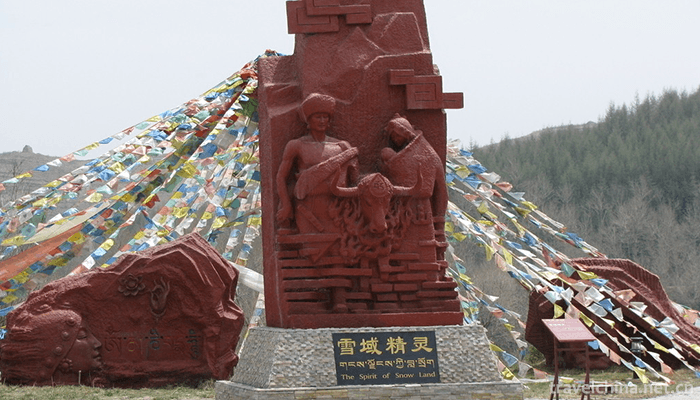
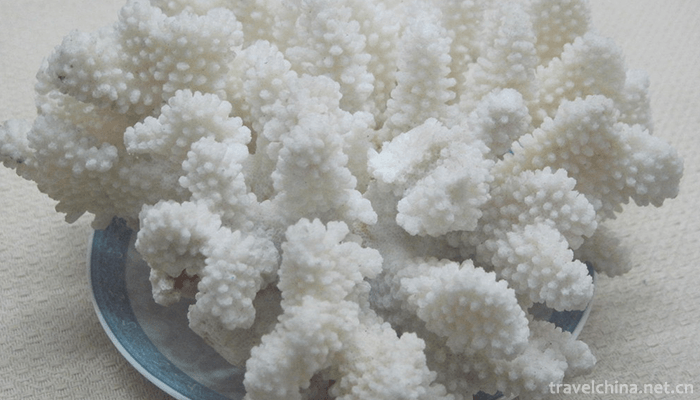
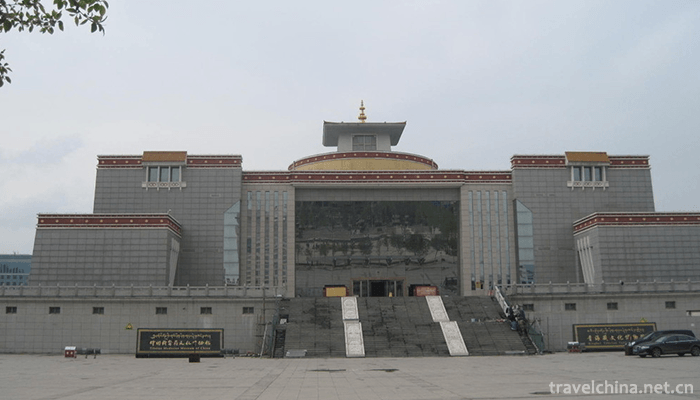
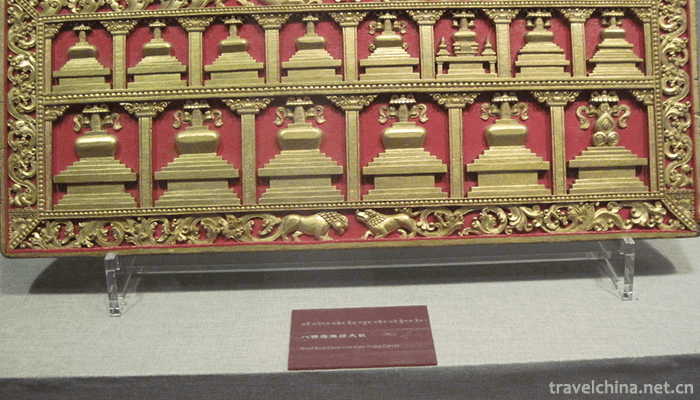
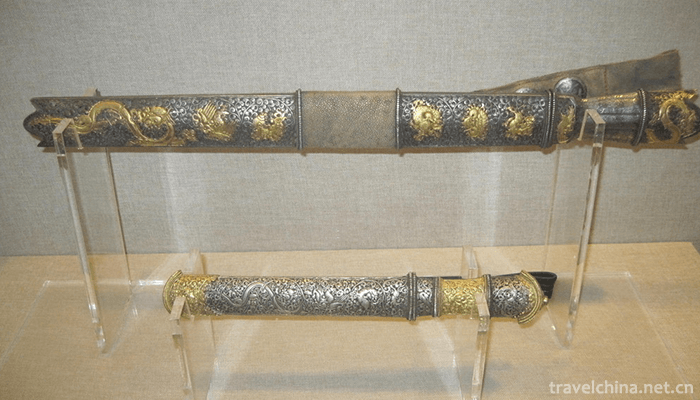
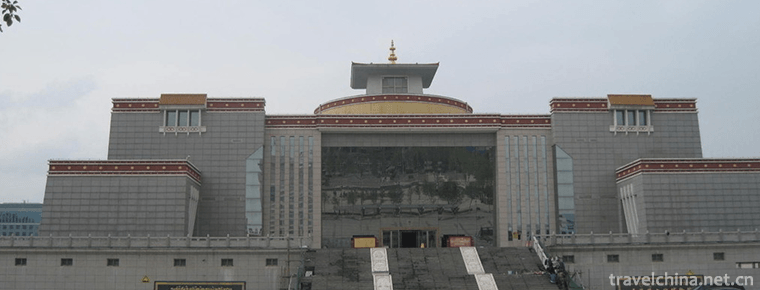
-
2.Wu zhen ancient town
Wuzhen, located in Tongxiang, Jiaxing City, Zhejiang Province, is located in the "Golden Triangle" of Jiangsu, Zhejiang and Shanghai
Time 2018-11-11 -
3.Meili Snow Mountain
Meili Snow Mountain, located in the eastern part of Chayu County, Tibet, and the western part of Jingyunling Township, Deqin County, Diqing Tibetan Autonomous Prefecture, Yunnan Province
Time 2018-11-13 -
4.The Qiaos Famaily Compound
The Qiao's Famaily Compound: National AAAAA-level tourist attractions, national key cultural relics protection units, national second-level museums
Time 2018-11-24 -
5.Expo Area of Acient Kiln Folk Cultures in Jingde
Jingdezhen Ancient Kiln Folklore Expo Area, located in Fengshu Mountain and Panlonggang, Changjiang District, Jingdezhen City, Jiangxi Province, covers an area of 83 hectares. It is a cultural tourist
Time 2019-01-12 -
6.Traditional Brewing Techniques of Brewing Wine
The traditional brewing technology of Jinhua liquor is the traditional handicraft technology of Jinhua City, Zhejiang Province. The typical representative and complete remains
Time 2019-06-07 -
7.Qinghai Han Minority Folk Minor
Qinghai Han folk minor is one of the genres of Chinese folk songs. Generally speaking, it refers to folk songs and dances popular in town fairs. Through the spread of the past dynasties
Time 2019-06-10 -
8.Tajik costumes
Tajik costume refers to the costume with distinct ethnic characteristics of Tajik. Tajik people mainly live in the Pamir Plateau with cold climate. Their economic life is mainly animal husbandry and a
Time 2019-06-17 -
9.a type of Shaanxi Opera popular in the Weinan Dali region
Bowl-bowl tune is one of the local operas in Shaanxi Province, also known as "lamp-bowl tune" and "Ruan'er tune". The former is named for the main rhythm of the small copper bowl a
Time 2019-06-25 -
10.Yangasha
Yangasha, an epic originating in Jianhe, Guizhou Province, is eulogized for Miao compatriots from generation to generation. It is a sad and elegant love story about a passionate Miao girl. It is the G
Time 2019-07-11 -
11.Anhui University Of Technology
Anhui University of Technology is located in Anhui province. Ma'anshan The city is a multi-disciplinary university characterized by industry and industry. Ministry of science and technology With the s
Time 2019-10-10 -
12.Education in Luzhou
In 2017, the construction area of the completed school buildings in Luzhou city was 842500 square meters; 670 million yuan of tuition free, financial aid, and nutrition lunch program was arranged to subsidize students with financial difficulties from families, and 79747 students with financial
Time 2020-12-14